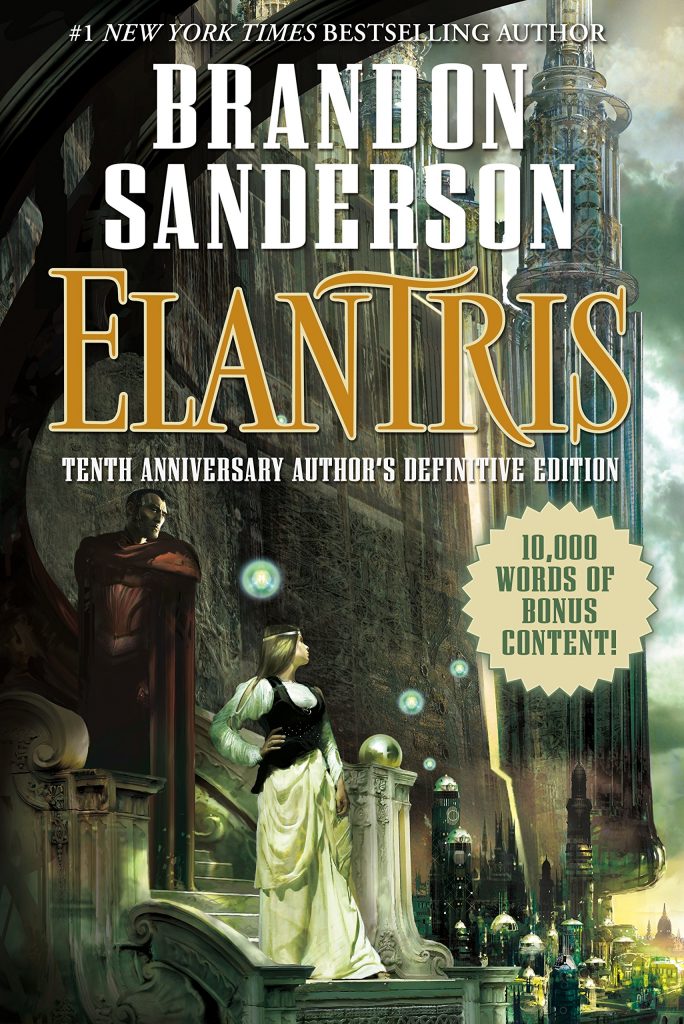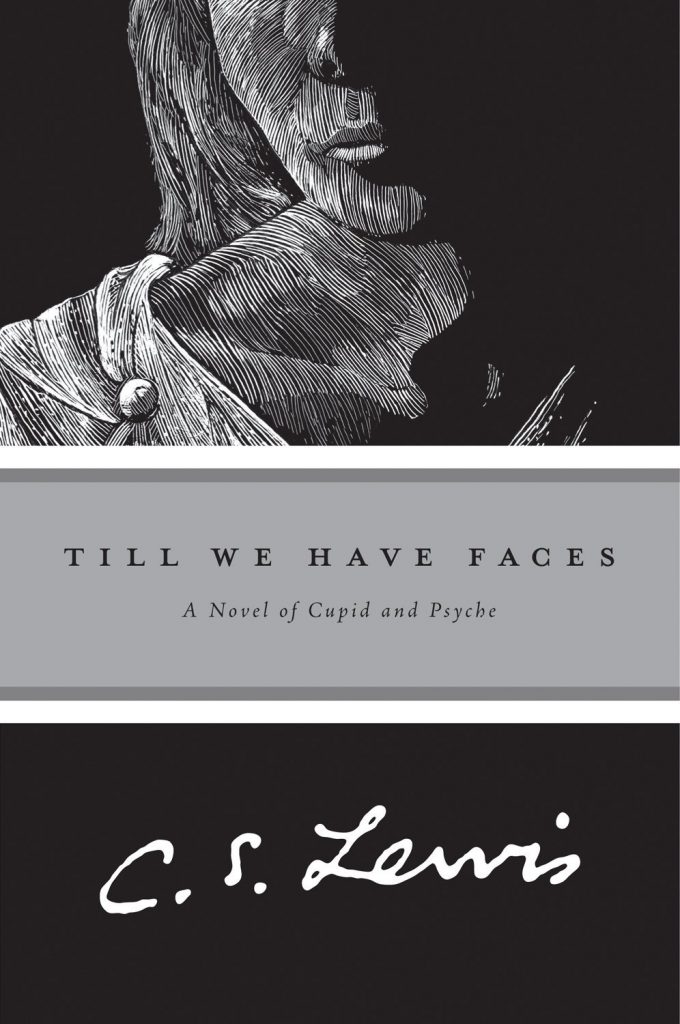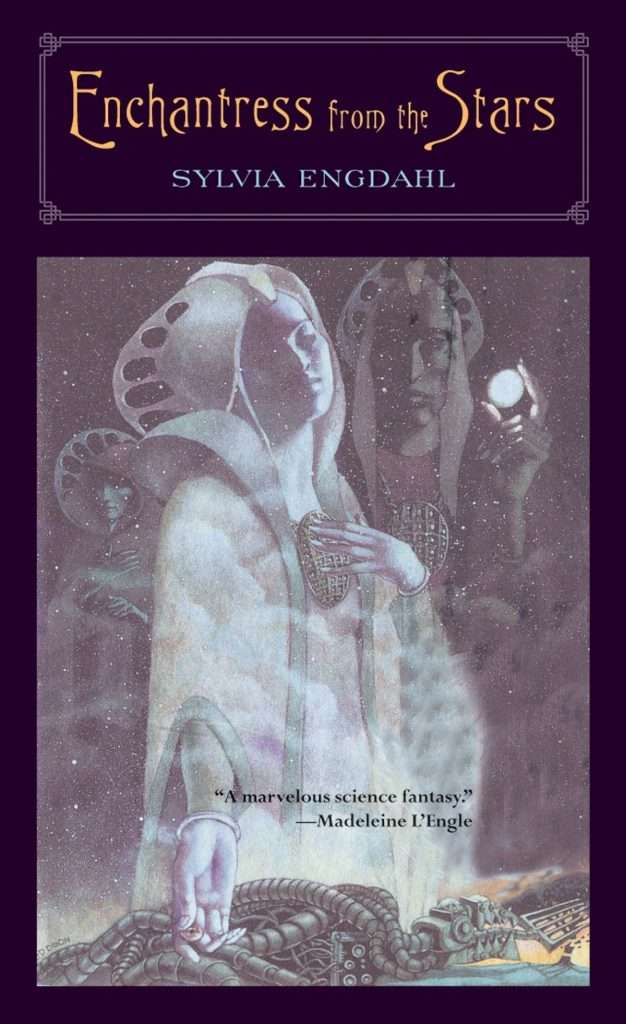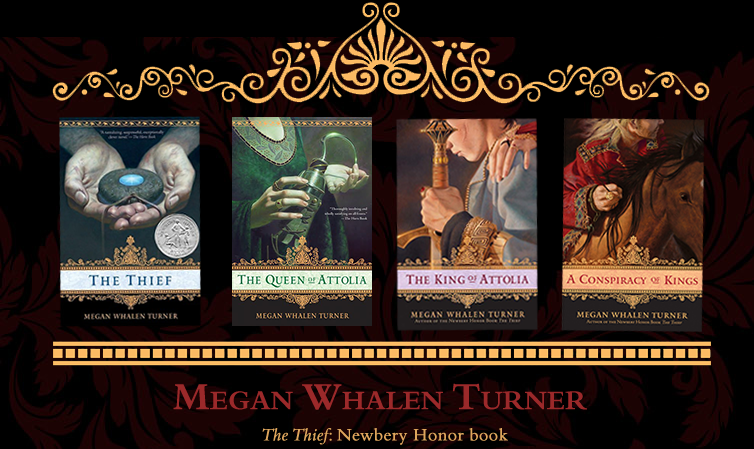I was reticent about reading Brandon Sanderson’s Elantris. But once I did, I was shocked to discover that I loved it.
Years ago I had never heard of Brandon Sanderson, and some friends recommended that I read Alcatraz versus the Evil Librarians. I had no idea what I was getting myself into, and had just binged on and loved a stack of N. D. Wilson books. At the time I thought Alcatraz (the character) was immature and annoying, and I thought the books were uninspired and paled in comparison to ND Wilson’s books. It was just too much weird fantasy and not enough substance for me. Once I discovered that Sanderson was the author of over fifty books and combined that knowledge with the fact that I did not like the Alcatraz books, I summarily wrote him off. I assumed that anyone who wrote that many books couldn’t possibly be focused on writing good books, and was just writing like a machine. You know what they say about people who assume, right?
Last fall my online book club was reading Elantris. I do try to keep up with most of the books we read each month, but at that time, I was swamped. Because I was busy and I was prejudiced against Sanderson, I decided to skip that book in deference to other pressing needs. When they were done, my dear friend Jennifer mentioned to me that I really should consider reading it because it was beautiful, thoughtful, and in my style. She has never been wrong in recommending books to me, so she had my attention.
When it came time for me to read, I decided not to look into any reviews because I didn’t want any spoilers. I am glad I read it cold. If you want a great review of the content of the book, I found this one in preparation for writing my review. My review will not have any spoilers, and will not deal with the nuance of speculative fiction nor the stylistic details of the story, but instead, I intend to touch on the themes and why I loved it.
Completely unlike Alcatraz versus the Evil Librarians, the stand-alone novel Elantris is beautiful, thoughtful, creative, compelling, and thought-provoking. This novel is in the category of speculative fiction but feels more like a medieval romance than a science fiction thriller.

In Elantris, war is coming. War from the outside, war from the inside, and war from the priests. Raoden, crown prince of Arelon, Sarene, princess of Teod, and Hrathen, high priest of Fjordell all love the people of Arelon. Each in a different way. Each for different reasons. Each is at odds with the others. And each is preparing for war.
In this 2022 interview with CBS Mornings, Sanderson said:
“Fantasy is a really broad umbrella of storytelling. It is anything that is impossible that we pretend is possible for a little while . . . anything you can write in any other genre you can put in fantasy, plus you can have dragons.”
Mercifully, there are no dragons in Elantris. I mention this quote here to explain why I think this story reminds me of Till We Have Faces, The Queen’s Thief, and Enchantress From The Stars. Sanderson’s novel is not the normal kind of fare that you would find on the Sci-Fi shelf at your box book store. It is well constructed, would be interesting to non-science fiction readers, and tells a really compelling story with characters who grow and make us care about them.

In Till We Have Faces, C.S. Lewis created a fictional world with the possibility of spiritual “magic” based on a well-established Roman myth about Cupid and Psyche. The setting of Elantris may be more medieval than ancient, but the images in my mind for both worlds are very similar. More importantly, the themes of religious tension, class struggle, duties of royal office, and love are strikingly similar. And in both, suffering becomes sanctified, and sacrifice brings moral victory.

In Sylvia Engdahl’s Newberry Honor Book, The Enchantress From the Stars, the setting is far future but also far past. The characters of Enchantress straddle two worlds while trying not to violate the prime directive. In Elantris the Elantrians have had and lost incredible power and advantage. Now, they struggle in a hell-like existence because they think they have lost the capacity to be human. In both novels, there is a powerful need to overcome primal or feral tendencies in order to sustain the Good. Also similar between the two books is the medieval setting with just a touch of futuristic technology. Both do it very tastefully.

The newer Queen’s Thief books by Megan Whalen Turner are like Till We Have Faces and Elantris in that they are based on an ancient system of mythology and the hero(es) are members of the royal court who seek to satisfy the gods while also taking care of their own political struggles. The first in the series, The Thief, was written in 1995. The most recent one came out in 2020. The Thief books have a more modern voice than Enchantress and Faces and sound more like Elantris. More importantly, the main character of the Thief books, Eugenides, reminds me of Elantris’s Raoden. Both are men of the court who must play a fictitious part in order to safeguard the future of their people. Both Raoden and Eugenides are smart, resourceful, principled, loyal, and both secure the loyalties of their companions. And both are committed to a strong, brilliant, and highly skilled woman who doesn’t fully understand who she is dealing with.
Part of what I found so compelling in this more-than- 600-page novel was the fantastic tension between the three primary characters. Each is deeply principled, and each has misunderstood the others in reasonable but regrettable ways. It makes for very good storytelling. Also, each of the characters truly loves Arelon and is willing to suffer significantly for her and her people. But, the god who loves each of them doesn’t waste their suffering or let it go unsanctified. Further, each is living a life of service and sacrifice rather than self-satisfaction. I think this makes them more interesting characters, and noble ones.
I read this novel with my nearly-13-year-old daughter. She loved it so much that when she finished reading it with her eyes, she promptly began to re-read it, but this time with her ears. I do recommend the audio as the names are tricky.
Parents may wish to know about a couple of cautions:
There is no sex, but two chaste suggestions of it. The first occurs when one character is explaining to Sarene that even though he is an old man, if a young bride were to catch him, she would not get out of performing her marriage bed duties. The second is nearly the last line of the book when two newly married characters casually mention that they are looking forward to the wedding night.
The religious culture of this world is nuanced. One distortion of the faith involves human sacrifice. Chapter 32 reveals this, and has a main character walk in on the ritual killing. The victim is described as being naked and has been cut down the abdomen. Also, the agent of the ritual is naked and covered in blood. This chapter can be skipped as the next chapter summarizes the consequences of this discovery. Jen warned me in advance, and I pre-read it, directing my daughter to skip it.
You can find this book at Amazon here and at Bookshop.org here. Also, you can learn more about Brandon Sanderson here and Elantris here.